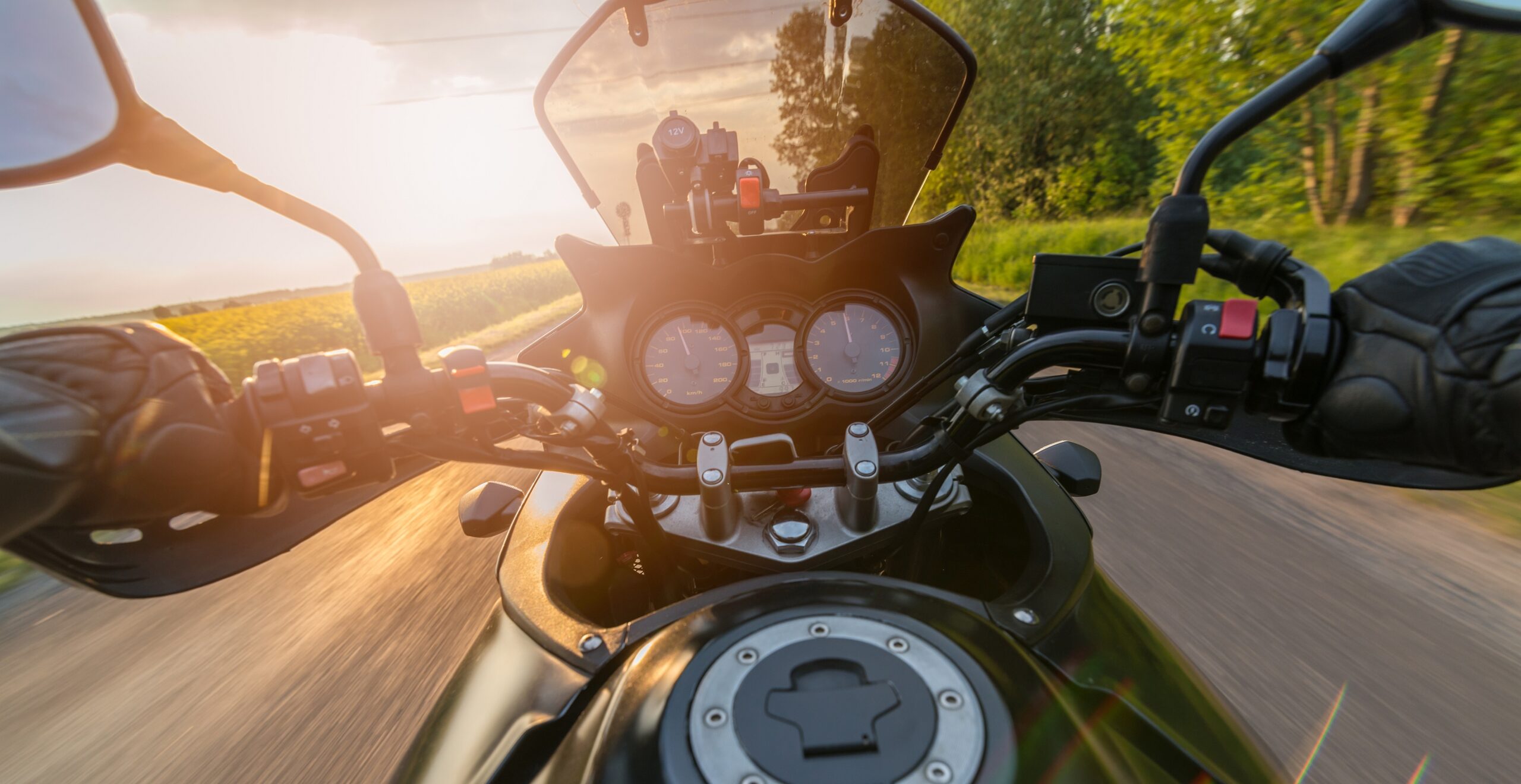Dual Responsibility: Unraveling Liability for Motorists and Motorcyclists in Georgia Accidents

In the bustling landscape of Georgia’s roadways, the interaction between motorists and motorcyclists is a dance of vehicles, each with its own set of rules and vulnerabilities. Accidents happen, and understanding the concept of dual liability is crucial for all road users. In this blog post, we’ll delve into the intricacies of dual liability in Georgia accidents, shedding light on the responsibilities shared by both motorists and motorcyclists.
The Dynamics of Dual Liability
Georgia’s roads are a shared space where motorists and motorcyclists coexist, each responsible for their actions. Dual liability refers to the concept that both parties involved in an accident may share responsibility to varying degrees. It’s not a matter of placing blame solely on one side but recognizing that both motorists and motorcyclists play a role in maintaining road safety.
Common Scenarios
Accidents involving motor vehicles and motorcycles can stem from various scenarios, such as lane changes, right-of-way disputes, or failure to yield. Understanding the nuances of these situations is crucial in determining how liability is apportioned. For example, a motorist making a left turn must yield to oncoming traffic, including motorcycles. Conversely, motorcyclists must adhere to traffic laws and exercise caution to avoid collisions.
Contributory Negligence in Georgia
Georgia follows the contributory negligence rule, which means that even if one party is found partially at fault, they may still be eligible to recover damages. However, the amount of compensation can be reduced based on the degree of responsibility assigned to each party. This legal framework emphasizes the importance of shared responsibility and encourages a fair assessment of the circumstances surrounding the accident.
Protective Measures for Motorcyclists
Motorcyclists, being more exposed on the road, should take proactive measures to enhance their safety. Wearing protective gear, such as helmets and proper riding attire, increases visibility and reduces the severity of injuries in case of an accident. Additionally, motorcyclists should stay vigilant, anticipate potential hazards, and undergo proper training to enhance their riding skills.
Responsibilities of Motorists
Motorists share the responsibility of road safety by being aware of their surroundings and respecting the rights of motorcyclists. Checking blind spots, using turn signals, and giving motorcyclists ample space are fundamental practices that can prevent accidents and promote a safer driving environment.
Conclusion
Navigating the roads of Georgia requires a collective commitment to safety from both motorists and motorcyclists. Understanding dual liability is a step towards fostering a culture of responsibility and accountability. By recognizing the shared nature of road safety, we can work towards reducing accidents and ensuring a safer commute for everyone on the open road. In the event of a collision, consult with an expert personal injury attorney to help you get the compensation you deserve.